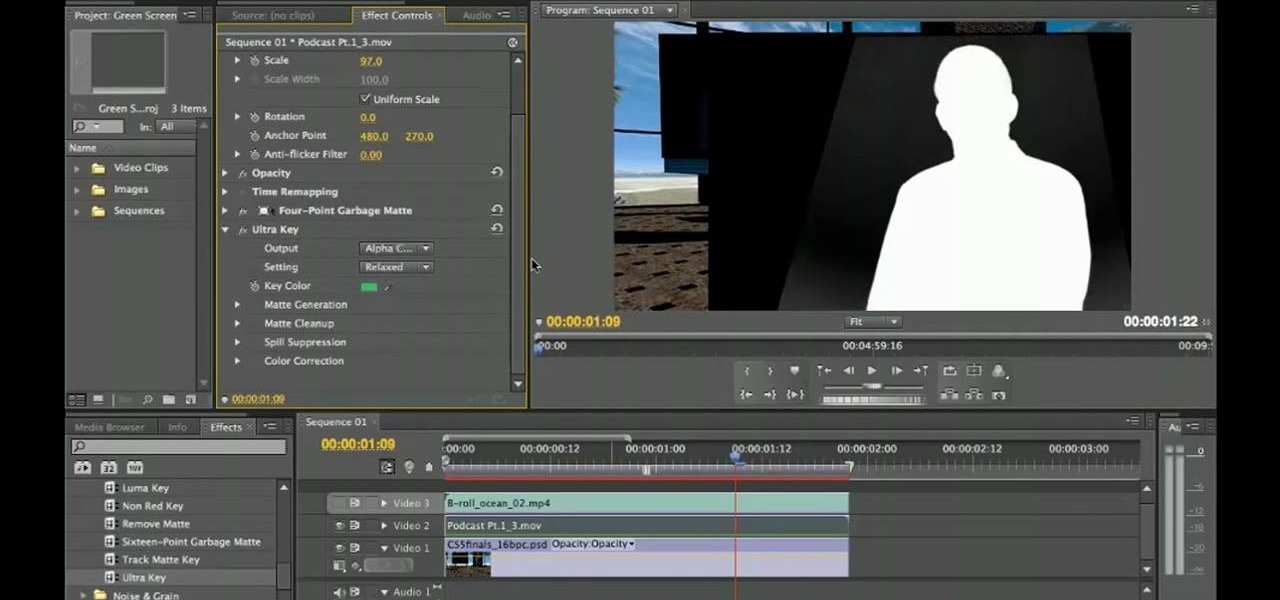


If not, click the speaker icon located at the bottom of the timeline window, next to the playback buttons. Also, make sure that you can preview the audio during playback. You should now be able to preview the playback of your clip by pressing play in the timeline. Select the location of your video, and open it. Then, head to Layer > Video Layers > New Video Layer from File. The other method for making more precise input and output choices for the video is to create a new document, select Film & Video from the preset drop-down menu, and adjust the settings as required. The first and easiest method is to simply open the file, or drag the video into Photoshop. You can do this in two different ways, depending on the desired output resolution of your video. This will make the timeline show up at the bottom of the Photoshop window and activate the Motion workspace. From the top toolbar, find the arrows next to Essentials, Design and Painting buttons, then select Motion. To get things started, we need a timeline. MPEG-2 (provided an MPEG-2 encoder is installed).Photoshop supports the following video file formats: This feature first appeared in Photoshop CS3 Extended, allowing users to import video and apply some basic effects and edits without needing specialised software, like Premiere or Final Cut Pro.įor this tutorial, we are using Photoshop CS5 Extended. (Credit: Adobe/Film Reel Series image by Pam Roth, royalty free) Here's how to perform some simple edits in CS5 Extended. Even though the feature has been around for a while, not many people know about Photoshop's video-editing capabilities.


 0 kommentar(er)
0 kommentar(er)
